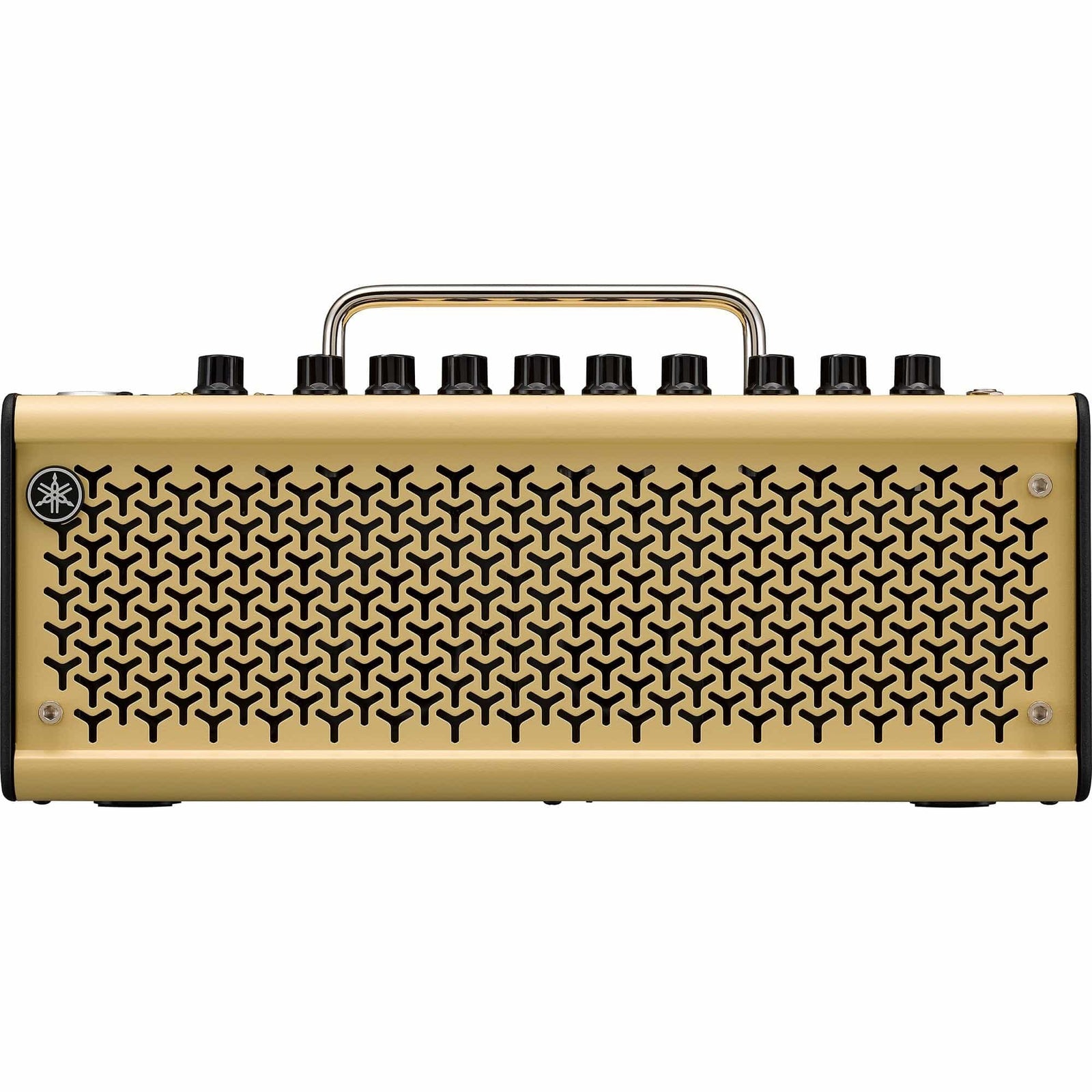Picking techniques are a fundamental aspect of a guitarist's skill set, influencing playing style, tone, and overall musical expression. With a myriad of techniques to explore, it's essential to examine various approaches to broaden your abilities and cultivate a diverse musical vocabulary. This guide delves into some of the most prevalent picking techniques for guitarists, alongside tips on how to incorporate them into your playing and the significance of pick angles.
Flatpicking
Flatpicking is a versatile technique that involves using a flat pick, or plectrum, to strike the strings. This technique is popular in various music genres, including rock, blues, country, and bluegrass. To develop an efficient flatpicking technique:
- Hold the pick securely between your thumb and index finger at a slight angle for smoother string contact.
- Strum the strings with a fluid wrist movement.
- Practice alternate picking, which involves striking the strings with a consistent down-up motion.
Fingerpicking
Fingerpicking, or fingerstyle, is a technique that involves using the fingertips, fingernails, or finger picks to pluck the strings. It's commonly employed in classical, folk, and acoustic music. To master fingerpicking:
- Assign your thumb to the bass strings and your other fingers to the treble strings.
- Develop a good hand position, with your fingers slightly curved and hovering over the strings.
- Practice arpeggios and chord progressions to build dexterity and finger independence.
Hybrid Picking
Hybrid picking is a technique that combines flatpicking and fingerpicking, using the pick and fingers simultaneously. This approach is popular in country, jazz, and fusion music. To improve your hybrid picking skills:
- Hold the pick between your thumb and index finger while using your middle, ring, and pinky fingers to pluck the strings.
- Practice switching between flatpicking and fingerpicking within a single passage.
- Experiment with different pick angles and finger attacks to create a unique sound.
Sweep Picking
Sweep picking is a technique that involves "sweeping" the pick across multiple strings in a single, fluid motion. It's often used to play arpeggios and is popular in metal and shred guitar styles. To excel at sweep picking:
- Start by playing slow, controlled arpeggios to develop a smooth picking motion.
- Focus on muting the strings with your fretting hand to avoid unwanted noise.
- Gradually increase the speed of your arpeggios while maintaining precision and control.
Economy Picking
Economy picking is a technique that maximizes efficiency by using a combination of alternate and sweep picking. It's particularly effective for playing fast passages and is popular in various genres, including jazz, rock, and metal. To develop your economy picking technique:
- Practice alternate picking while minimizing extraneous hand movements.
- Incorporate sweep picking when transitioning between strings.
- Pay attention to your pick angle and hand position to ensure smooth, fluid motion.
Circular Picking
Circular picking, also known as "circle picking" or "circular motion picking," is a technique that involves moving the pick in small circles instead of a traditional up and down motion. This method can enable faster and more precise single-note passages. To practice circular picking:
- Hold the pick between your thumb and index finger with a relaxed grip.
- Create a small circular motion with your picking hand, focusing on wrist movement.
- Start slowly and gradually increase the speed while maintaining accuracy and control.
Understanding Pick Angles and Pick Slanting
The angle at which the pick meets the strings can significantly impact your playing experience. Holding the pick at a slight angle allows it to slice through the strings more easily, facilitating smoother and faster playing. Adjusting the pick angle can also impact the tone and attack of your notes.
To experiment with pick angles and pick slanting:
- Begin with edge picking, tilting the pick slightly so that its edge contacts the strings at a comfortable angle. This can produce a warmer, rounder tone and is generally more comfortable for faster playing styles.
- Try downward and upward pick slanting to improve string transitions and economy of motion. Downward pick slanting, with the tip of the pick pointing toward the ceiling, can facilitate easier downstroke string changes. Upward pick slanting, with the tip pointing toward the floor, can facilitate easier upstroke string changes.
Conclusion
Mastering various picking techniques is a vital part of becoming a well-rounded guitarist. Each technique offers unique opportunities for musical expression and can contribute to the development of your individual style. By exploring different picking methods, adjusting pick angles and pick slanting, and incorporating them into your practice routine, you'll open up new creative possibilities and expand your musical horizons.




